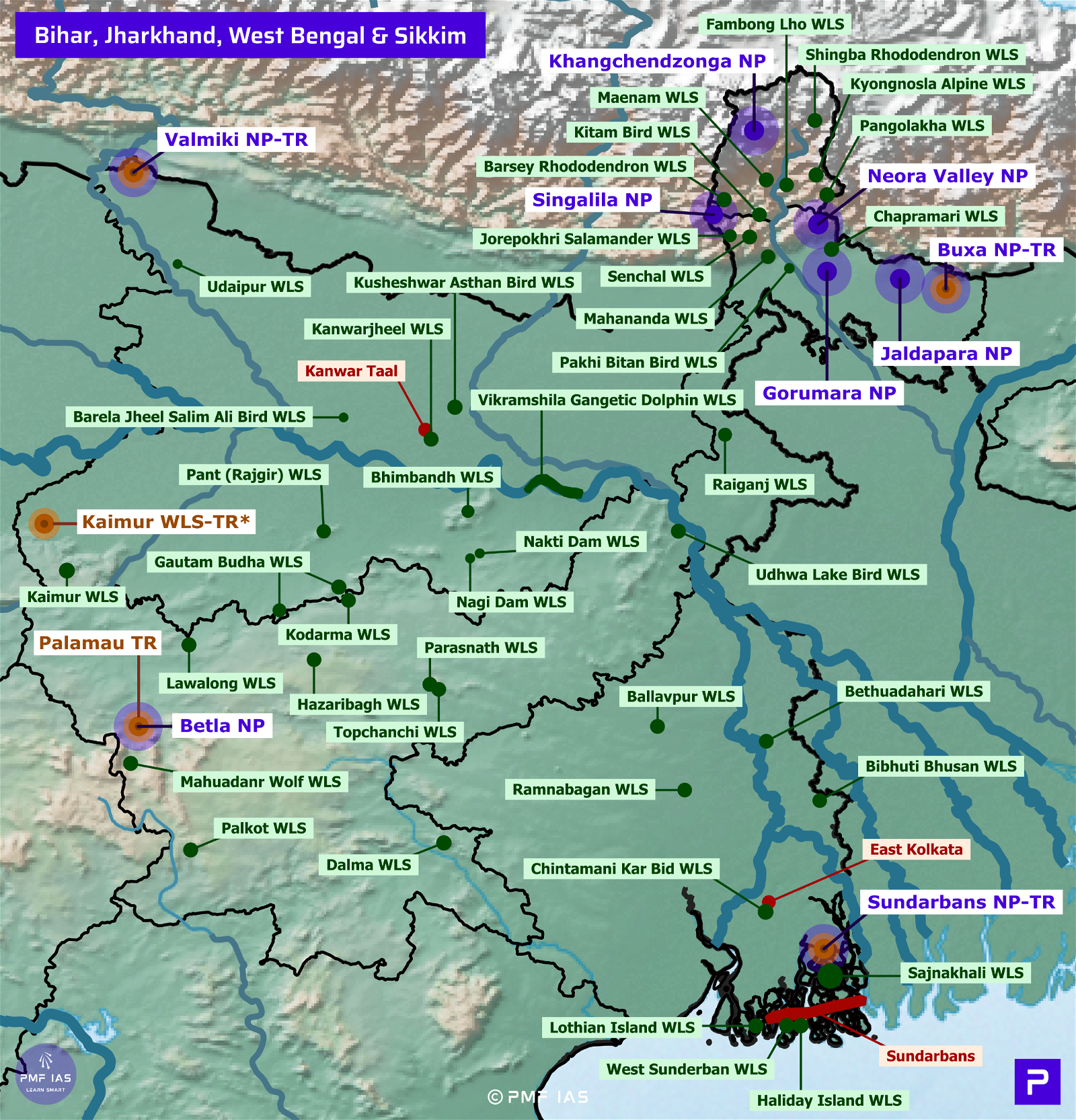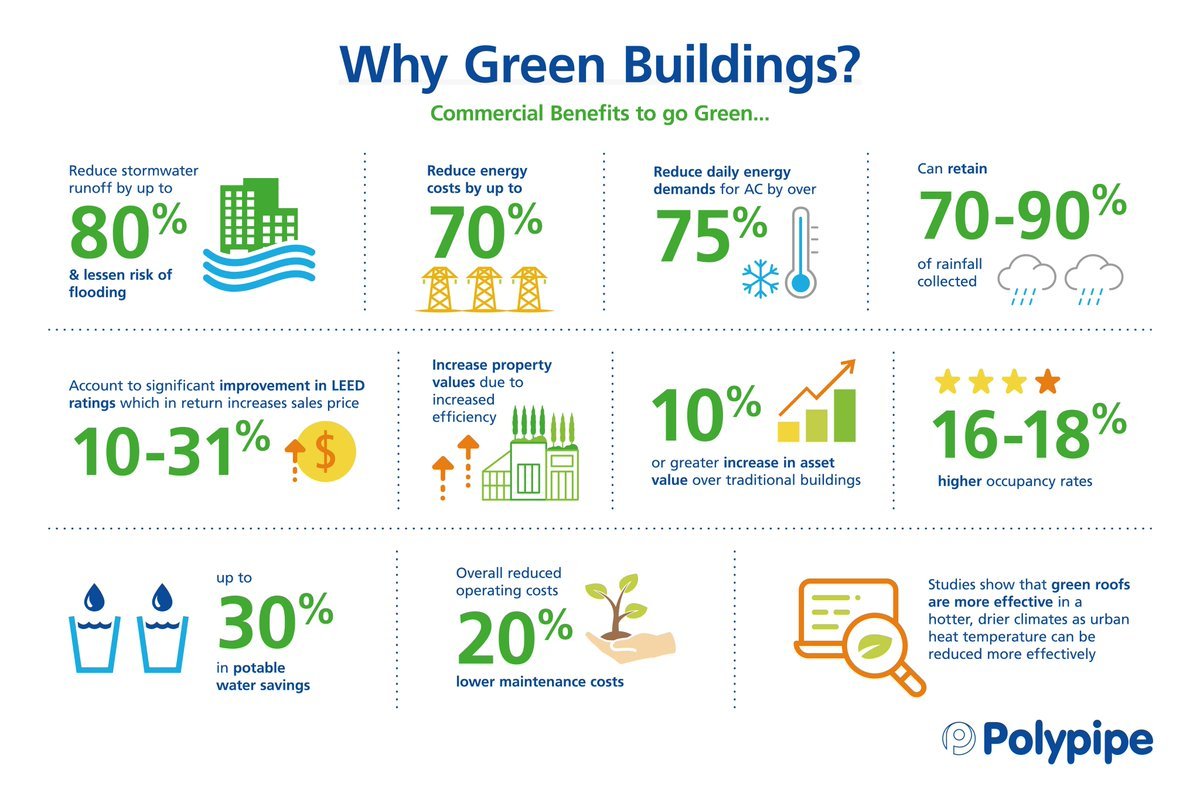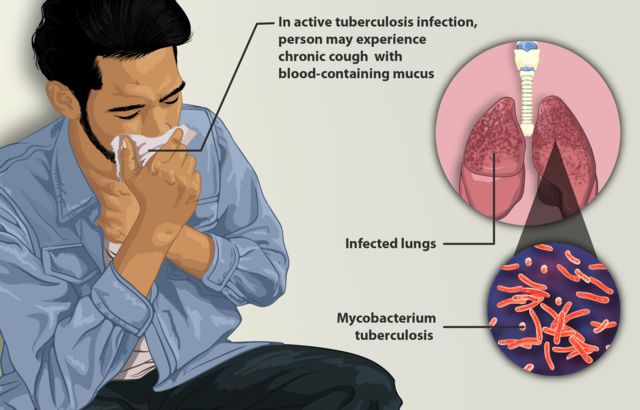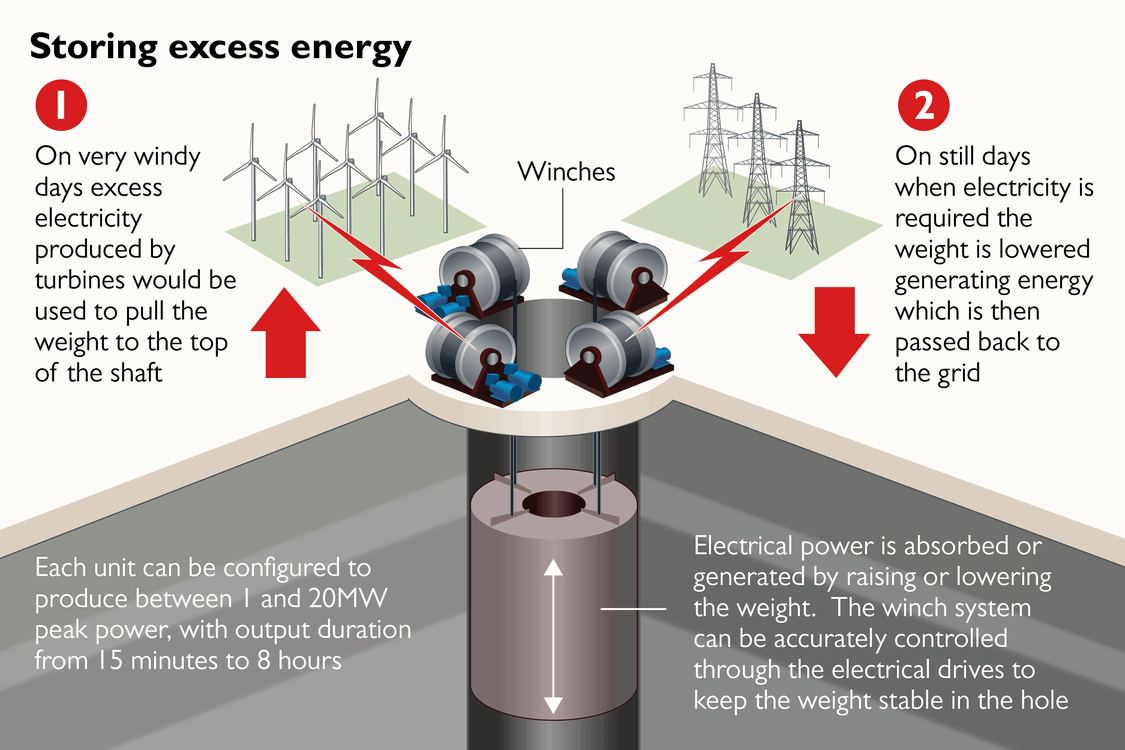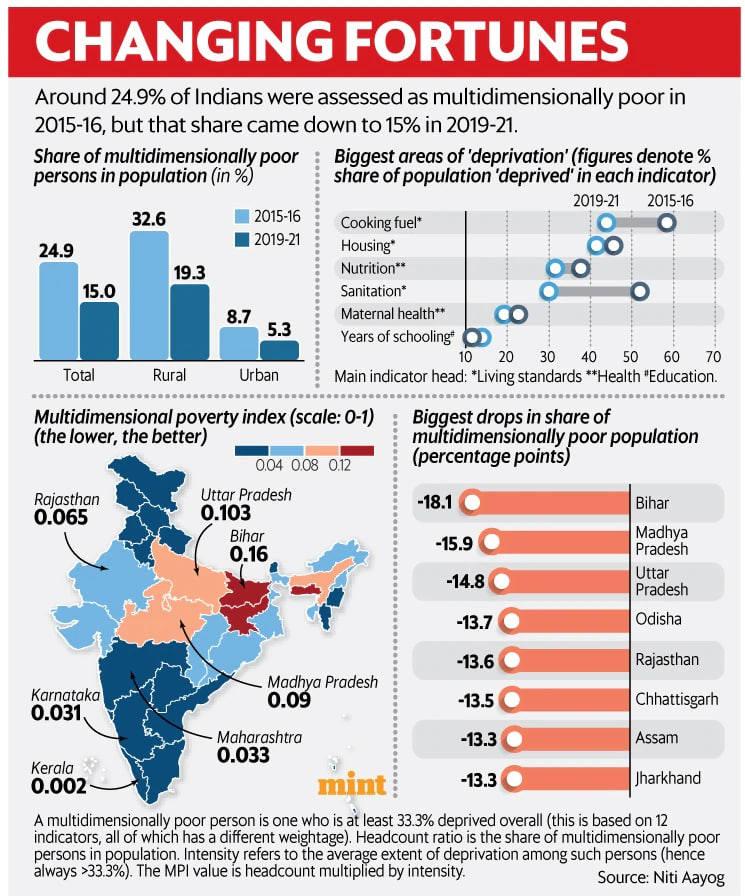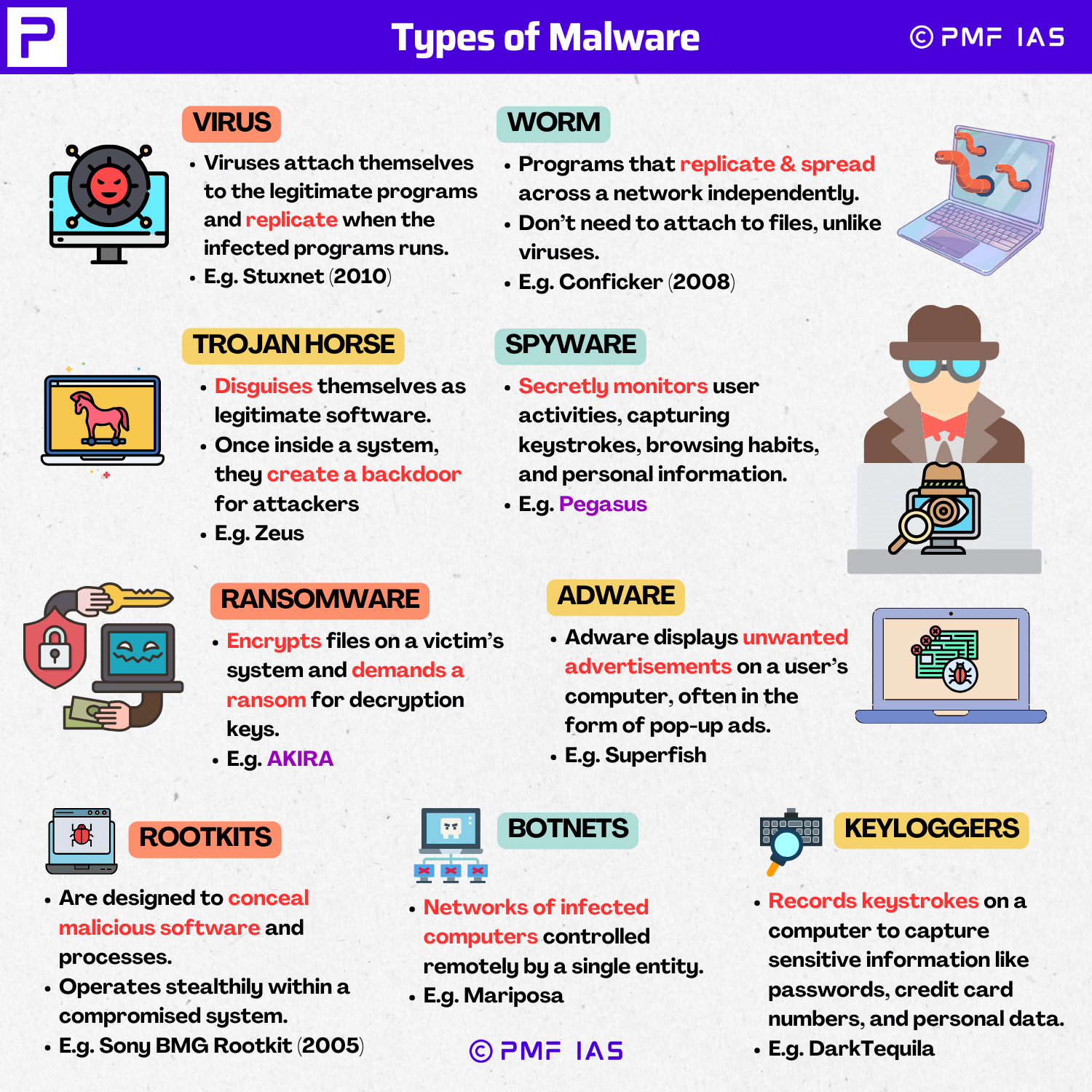
Current Affairs September 17-18, 2023: UNESCO World Heritage Sites, Rabindranath Tagore, Sahel Security Pact, Central Vista Master Plan, Domestic Cats, West Coast Mega Refinery Project, PM Vishwakarma, Rapid Action Force, Scrub Typhus and Leptospirosis, Sangeet Natak Akadami Awards
Subscribers of "Current Affairs" course can Download Daily Current Affairs in PDF/DOC
Subscribe to Never Miss an Important Update! Assured Discounts on New Products!
Must Join PMF IAS Telegram Channel & PMF IAS History Telegram Channel
{GS1 – A&C – Architecture – 2023/09/18} Santiniketan
- Context (TH I IE): Santiniketan, a town located in West Bengal’s Birbhum district, set up by Nobel laureate Rabindranath Tagore, made it to UNESCO’s World Heritage List.

- Santiniketan is a renowned cultural and educational institution located in the Birbhum District of West Bengal, India. It comprises Viswa Bharati University.
- The name “Santiniketan” translates to “abode of peace” in Bengali, reflecting its serene environment.
- Originally, Santiniketan began as an ashram or hermitage founded by Debendranath Tagore, the father of Rabindranath Tagore. Over time, it evolved into a centre for art, culture, and learning.
- It promotes open-air classrooms that foster a connection between students & the natural world.
- Santiniketan is the second cultural symbol from West Bengal to be included in the UNESCO list, following Durga Puja in Kolkata in UNESCO’s list of Intangible Cultural Heritage of Humanity in 2021.
UNESCO World Heritage Sites
- UNESCO World Heritage Sites are landmarks or areas recognized for their cultural, historical, scientific, or other significant value.
- Selection criteria for UNESCO World Heritage Sites require that they must already be classified landmarks and possess unique cultural or physical significance.
- The World Heritage Committee is responsible for selecting and monitoring World Heritage Sites, managing the World Heritage Fund, and providing financial assistance for their preservation.
- India is a member of the World Heritage Committee for the period 2021-2025, which plays a crucial role in the nomination and preservation of World Heritage Sites worldwide.
Rabindranath Tagore: A Visionary Poet and Nobel Laureate
Literary Achievements
Educational Vision
Legacy
|
{GS1 – IS – Communalism – 2023/09/18} Cinema to Stoke Communal Tensions
- Context (TH): Extreme communal representation in movies is igniting communal tensions in India.
- Cinema is a powerful medium that can significantly impact society because of its broad outreach.
- Cinema as a medium is a two-sided sword:
- Positive aspects: It can help educate people about social evils (like dowry, female infanticide, etc.), climate change, different cultures, history, etc.
- Negative aspects: It can showcase radicalised or biased views, leading to communal disharmony, jingoism, etc.
| Jingoism: It is extreme nationalism characterised by aggressive and proactive foreign policy. |
How Cinemas Are Sowing Seeds of Communal Tensions?
- Some cinemas depict certain historical events on extreme communal lines. They portray the events in a black-and-white way, where one community is glorified, and the other is demonised.
- Communal violence was not always done on communal lines. For example, the Razakars of Hyderabad were financed by upper-caste Hindu landlords to conduct raids in favour of them.
- Moreover, during communal violence events, many incidences of communal empathy also take place. For example, during the 1984 Anti-Sikh riots, many Hindu & Muslim families gave refuge to Sikhs.
|
What are the Reasons Behind Such Communal Cinemas?
- The cinemas on communal lines are being made because:
- To appease a particular community
- To influence public opinion before an election
- Inefficient or biased research on the topic
- To earn profit by creating hype
Way Forward
- Cinemas for communal harmony: Cinema can promote empathy and understanding between different groups of people. It can challenge stereotypes and prejudices.
- Cinemas for teaching history: Cinema can be used to educate people about the root causes of communal violence and the human cost of conflict.
- Responsible use of creative freedom: Balancing creative freedom and essential values is essential.
Mains Practise: Do you agree with the argument that creative freedom (the right to freedom of free speech and expression) is absolute? Elaborate.
Creative freedom
Examples that you can cite against absolute creative freedom
Similar examples can be cited if the question is specific to the right to freedom of speech and expression. |
{GS2 – IR – Africa – 2023/09/18} Sahel Security Pact
- Context (TH): The military leaders of Mali, Burkina Faso and Niger signed a mutual defence pact.
- Liptako-Gourma Charter (Sahel security pact) is a mutual defence pact signed by the military leaders of Mali, Burkina Faso, and Niger.
- It binds the signatories to assist one another (including militarily) in the event of an attack on any one of them.
- It established the Alliance of Sahel States (AES).
Alliance of Sahel States (AES)
- This alliance will combine military and economic efforts between Mali, Burkina Faso, and Niger.
- Its priority is to fight against terrorism in the three countries.
{GS2 – Polity – Misc – 2023/09/18} New Parliament Building
- Context (TH): The second day of the special session will be held in the new Parliament building.
- The existing building (present Parliament House):
- Designed by British architects Sir Edwin Lutyens and Herbert Baker.
- Took six years to construct (1921-1927).
- Witnessed the adoption of the Constitution of India.
- Served as independent India’s first Parliament.
- Is a Heritage Grade-I building (buildings of national or historic importance).
- The circular shape of the present building was inspired by the design of the circular shape of the Chausath Yogini temple in Morena (Madhya Pradesh) (There are no historical proofs for this).
Need for a new Parliament building
- The existing building was initially constructed as the Council House (Imperial Legislative Council).
- Two floors were added in 1956.
- In 2006, the Parliament Museum was added.
- It was never designed to accommodate a bicameral legislature for a full-fledged democracy.
- It shows signs of distress and cannot meet the current space, amenities, and technology requirements.
Problem with existing building
- Narrow Seating Space for MPs:
- The number of LS seats has remained unchanged at 545 based on the delimitation carried out based on the 1971 Census.
- It is likely to increase the number of LS seats after 2026. Therefore, it is imperative to construct a hall that can accommodate all MPs.
- Inadequate Workspace for Employees
- Obsolete Communication Structures
- Safety Concerns
Demand for increasing representation in Parliament
|
Redevelopment of Central Vista Master Plan
- The Central Vista development/redevelopment plan is a generational infrastructure investment project involving multiple projects over 6 years. It was conceived in September 2019.
- PM Modi laid the foundation stone of the new Parliament Building in December 2020.
Features of the New Parliament Building
- The new building is triangular, mainly because the plot of land it is built on is a triangle.
- It has three storeys and a built-up area of 64,500 sqm.
- The new Parliament building includes:
- LS chamber:
- The design of the LS chamber is based on the peacock, the national bird.
- It will have 888 seats.
- It will be used for joint sittings of both Houses (the new building does not have Central Hall).
- RS chamber:
- The design of the RS chamber is based on the lotus, the national flower.
- It will have 384 seats.
- Constitution hall:
- The building has a Constitution Hall, where the journey of Indian democracy has been documented.
- Central lounge
- Office rooms
- Courtyard with banyan tree.
|



Gandhi statue
- The 16-foot-tall bronze statue of Mahatma Gandhi will remain on the lawn between the old and new buildings.
|
National symbols
- The building is replete with national symbols, including the national emblem – the Lion Capital of Ashoka and is visible from a distance.
- At the entrance, the Ashoka Chakra and the words ‘Satyameva Jayate’ have been carved in stone.
Golden sceptre
- The golden sceptre will sit in the new LS chamber near the Speaker’s podium.
{GS3 – Agri – Crops – 2023/09/18} Natural Rubber
- Context (TH): The Rubber Board is implementing a project to expand the area under natural rubber in the Northeastern States.
- Natural rubber is a polymer made up of a chemical molecule called isoprene.
- It is a native of the Amazon basin, which was introduced to countries in the tropical belts of Asia and Africa in the late nineteenth century.
- Rubber is primarily an equatorial crop but can also be grown in tropical and subtropical regions.
- Rubber is harvested from the latex of trees, with Hevea brasiliensis being the most common source.
- Hevea brasiliensis is a tall tree, reaching heights of 20 to 30 meters.
- Latex production typically begins 5 to 7 years after planting.
- Rubber is an industrial raw material, with a major portion used in manufacturing automobile tires.
Requirements for Rubber Cultivation
- Rubber cultivation requires a moist and humid climate.
- Adequate rainfall of more than 200 cm per year is essential.
- Well-drained loamy soils are best suited for rubber plantations.
- The temperature should be consistently above 25°C for optimal growth.
- Elevations between 300 to 450 meters above sea level on hill slopes provide suitable soil and climatic conditions for rubber cultivation.
- Yields tend to decline at higher elevations due to lower temperatures and less mature soils.
- Rubber plantations are rarely found above 700 meters elevation.
Production and Distribution
- The first rubber plantations in India were established in Kerala in 1895.
- India is the third-largest producer and the fourth-largest consumer of natural rubber globally.
- Kerala accounts for 90% of India’s rubber production.
- Other significant producing states include Tamil Nadu, Karnataka, Andaman and Nicobar Islands, Tripura, and the Garo hills of Meghalaya.
- India’s natural rubber production lags behind countries like Thailand, Indonesia, and Vietnam.
- Smallholdings dominate rubber cultivation in India, accounting for 88% of the area and production, often achieving higher productivity than large estates.
Rubber Board
- The Rubber Board is a statutory body established by the GoI under the Rubber Act 1947.
- It functions under the administrative control of the Ministry of Commerce and Industry.
- Head office: Kottayam, Kerala.
{GS3 – Envi – Invasive Species – 2023/09/18} Domestic Cats (Felis catus)
- Context (TH): ‘State of Indian Birds 2023’ concluded that birds in India are faring poorly.
- Among many factors responsible, the report acknowledged domestic cats as one in urban areas.
- Worldwide, free-ranging domestic cats have caused or contributed to dozens of extinctions of bird species recorded in the IUCN Red List.
How Domestic Cats are Causing Extinction of Birds?
- Hunting: Domestic cats are one of the leading hunters of birds in urban areas.
- Bacteria: Cat saliva is also more likely to contain bacteria (Pasteurella multocida) that are lethal to birds. So, if the direct impact of an attack does not kill them, the bacteria kill them.
- Landscape of fear: This means that when cats are known to be in a particular area, the bird would avoid foraging or nesting there. This affects birds individually and on a population level.
How Domestic Cats Become an Invasive Alien Species?
- Domestic cats (Felis catus) were not always this widespread.
- Wildcats (Felis silvestris) were probably first domesticated in West Asia some 10,000 years ago.
- They spread via sailing ships much later.
- Today, domestic cats (Felis catus) are one of the world’s 100 worst invasive alien species.
Debate on Trap-Neuter-Return (TNR) Policy
- The proper way to deal with the cat problem has spiralled into a vicious debate.
- Animal welfare groups usually advocate the ‘trap-neuter-return’ (TNR) policy, whereby stray cats or dogs are trapped, sterilised, and returned in the hope that this will reduce their populations.
- This is considered a humane approach because it could improve the quality of a cat’s life as well.
- Problems of TNR policy
- Cats are not easy to trap.
- Some critics opined that it is dictated by animal welfare issues rather than ecological impacts.

State of the Indian Birds Report (SoIB 2023)
|
||||||||
Wildcat (Felis silvestris)
|
{GS3 – IE – Industry – 2023/09/18} West Coast Mega Refinery Project
- Context (IE): The West Coast Mega Refinery Project, with a capacity of 60 million tonnes per annum (60 mtpa), is being revitalised through joint efforts by India and Saudi Arabia.
Project Inception and Location
- Initially proposed in 2015, the project’s vision was to construct a massive oil refinery and petrochemicals complex in Maharashtra’s Konkan region.
- Saudi Arabia and the UAE were key participants, with the intended location being Barsu village in Ratnagiri district, Maharashtra.
Joint Venture Formation and Initial Challenges
- To execute the project, a joint venture named Ratnagiri Refinery & Petrochemicals (RRPCL) was established, involving prominent Indian oil companies such as IOC, BPCL, and HPCL.
- However, it encountered resistance from local communities due to environmental concerns and the shifting political landscape in the state.
- Despite initial agreements and cost estimates of Rs 3 lakh crore, the project faced delays due to foreign partners’ failure to acquire stakes in the joint venture.
Recent Developments and Renewed Commitment
Land Acquisition and Oversight
- In recent developments, approximately 15,000 acres of land had to be procured across 17 villages to support the project’s infrastructure needs.
- To signal their renewed commitment to the project, India and Saudi Arabia have formed a joint monitoring committee to track its progress.
Financial Commitment
- The project has allocated substantial funds amounting to $50 billion, underscoring the determination of India and Saudi Arabia to see it through to completion.
Significance of the Project
India’s Growing Demand and Expansion Plans
- The project holds immense significance for India, given its escalating demand for crude oil, petroleum products, and petrochemicals.
- India aims to increase its refining capacity from 250 mtpa to 450 mtpa, positioning itself as a crucial player in the global oil demand landscape.
Strategic Benefits for Aramco and ADNOC
- For Saudi Arabia (Aramco Company) and the UAE, the West Coast Mega Refinery Project offers strategic advantages such as diversification, global expansion, risk mitigation, and major oil market.
Exploring Future Options
Alternatives in Site Selection
- As the project faces challenges, realistic alternatives are being considered, including scouting for alternative coastal sites within Maharashtra or exploring the possibility of another coastal state for location.
Potential Restructuring
- A more drastic alternative being is the division of the proposed mega refinery into smaller, more manageable units, potentially providing a new approach to overcome the project’s hurdles.
For more information: Distribution of Petroleum and Mineral Oil in India
{GS3 – IE – Traditional Industries – 2023/09/18} PM Vishwakarma
- Context (TH): PM inaugurates Vishwakarma Scheme.
- It aims to support traditional artisans and craftspeople of rural and urban India.
- It will improve the quality and reach of products and services of artisans and craftspeople.
Objectives
- Skill upgradation
- Toolkit incentive
- Incentive for digital transactions
- Holistic Institutional support
- Marketing support

Features
- The registration for the scheme can be done at Common Services Centres (CSC) in villages.
- The scheme will be implemented in two phases.
- A Rs 15,000 grant will be provided as a toolkit incentive.
- A Rs 500 stipend will be provided for skill training.
- It provides collateral-free enterprise development loans of:
- ₹1 lakh (first tranche to be repaid in 18 months)
- ₹2 lakh (second tranche to be repaid in 30 months).
- A concessional rate of interest of 5% will be charged from the beneficiary.
- Interest subvention cap of 8% will be paid by the Ministry of Micro Small and Medium Enterprises.
- The credit guarantee fees will be borne by the Central government.
Problems faced by craftspeople
- Lack of professional training for their work
- Lack of modern tools
- Long distance from the markets
- Availability of little capital for investment
|
{GS3 – IS – Security Forces – 2023/09/18} Rapid Action Force
- Context (TH): Centre plans to recall Rapid Action Force (RAF) from Manipur.
- Rapid Action Force (RAF) is a specialized force of CRPF established in 1992.
- It deals with riots and riot-like situations, to:
- Instil confidence amongst all sections of society.
- Handle internal security duty.
- It is a zero-response force which gets to the crisis situation within a minimal time.
- It has minimal firepower and at any point, only one-third of its personnel are armed.
- It trained male and female contingents for UN peacekeeping missions to different countries (ie. Haiti, Kosovo, Liberia, etc) every year.
Central Reserve Police Force (CRPF)
- It came into existence as Crown Representative’s Police in 1939.
- In 1949, it became the Central Reserve Police Force on enactment of the CRPF Act.
- The mission of the CRPF is to enable the government:
- To maintain:
- Rule of Law
- Public Order
- Internal Security
- To preserve National Integrity
- To promote Social Harmony and Development by upholding the supremacy of the Constitution.
- To maintain:
Indian Armed Forces
Central Armed Police Force (CAPF)
|
{GS3 – S&T – ISRO – 2023/09/18} Boost for NavIC
- GoI intends to make NavIC mandatory for all smartphones in India by 2025.
- It will offer additional incentives to smartphone makers through the Production-Linked Incentive (PLI) scheme if they use chips that support NaviC technology
- NavIC is already used for disaster alerts by the National Disaster Management Agency (NDMA) and the Indian National Centre for Ocean Information System (INCOIS).
- It will soon be integrated into Aadhaar enrolment devices.
Production-Linked Incentive (PLI) Scheme
|
What is NavIC (Navigation with Indian Constellation)?
- NavIC, also known as the Indian Regional Navigation Satellite System (IRNSS), is an independent, stand-alone navigation satellite system developed by ISRO.
- It has been in operation since 2018.
- It covers India and a region up to 1500 km beyond Indian boundaries.
- It consists of a constellation of 7 satellites located at 36,000 km (approx.) above the Earth.
- 4 satellites are in inclined (29° to the equatorial plane) Geosynchronous Orbit (GSO)
- 3 satellites are in Geostationary Orbit (GEO)
- PSLV was used to place the IRNSS satellite constellation in orbit.
|
- NavIC provides two types of services:
- Standard Positioning Service (SPS): Provided to all the users
- Restricted Service (RS): Encrypted service provided only to the authorised users (like the military)
- It has a position accuracy of better than 20 m.
- Applications of NavIC are navigation, disaster management, precise timing, mapping, etc.
Bebefits of NavIC
- NavIC will cut our dependence on navigation systems operated by other countries, which can be critical during emergencies, natural calamities, or war. For example, the US government denied GPS access to India during Kargil War.
- As an indigenous system, NavIC is designed keeping in mind Indian topography and landscapes.
Challenges
- Some alterations must be made to smartphones to make them NavIC compactible.
- Smartphone manufacturers claim that it will increase the average selling price of phones.

Navigation Systems of the World
More information on Satellite Orbits: Kepler’s laws, Satellite Orbits, Launch Vehicles PSLV & GSLV) How Do Navigation Systems Works?
Why are Atomic Clocks Used in GPS and Other Navigation Satellites?
Why Does GPS Positioning Require Four Satellites?
|
{Prelims – A&C – Awards – 2023/09/18} Sangeet Natak Akademi Amrit Awards
- Context (PIB I TOI): The one-time Sangeet Natak Akademi Amrit Awards to 84 artists from varied fields of performing arts to be awarded by Vice president.
Sangeet Natak Akademi Amrit Awards
- Sangeet Natak Akademi Amrit Awards is a prestigious national recognition in the performing arts including performers, teachers, and scholars.
- Recipients are chosen by the Akademi’s General Council, comprising notable artists and scholars in the field, as well as government nominees.
- Awardees receive Rs. 1,00,000, a copper plaque, and traditional attire.
- It honors Indian artists above age of 75 who haven’t received previous national recognition.
Sangeet Natak Akademi
- Sangeet Natak Akademi is established through a Ministry of Education resolution, it serves as India’s national institution for music, dance, and drama.
- In 1953, P.V. Rajamannar became its inaugural Chairman, and its primary mission was to safeguard and promote the rich and diverse cultural expressions of India.
- Currently, it operates as an Autonomous Body under the Ministry of Culture.
- The President of India appoints the Chairman for a five-year term.
- It relies entirely on government funding to execute its initiatives and programs.
{Prelims – Sci – Bio – Diseases – 2023/09/18} Scrub Typhus and Leptospirosis
Scrub typhus
- Scrub typhus, or bush typhus, is a disease caused by a bacteria called Orientia tsutsugamushi.
- Scrub typhus is spread to people through bites of infected chiggers (larval mites).
- People who frequently visit farmlands or forests are vulnerable to the infection.
- Some of the common symptoms of scrub typhus include fever, headache, and sometimes rash.
- Symptoms of scrub typhus usually begin within 10 days of being bitten.
- No vaccine is available to prevent scrub typhus.

Leptospirosis
- Leptospirosis is a bacterial disease that affects humans and animals.
- Common symptoms of Leptospirosis are- high fever, headache, abdominal pain, and diarrhoea.
- Without treatment, Leptospirosis can lead to kidney damage, meningitis (inflammation of the membrane around the brain and spinal cord), liver failure, respiratory distress, and even death.






![PMF IAS Environment for UPSC 2022-23 [paperback] PMF IAS [Nov 30, 2021]…](https://pmfias.b-cdn.net/wp-content/uploads/2024/04/pmfiasenvironmentforupsc2022-23paperbackpmfiasnov302021.jpg)










